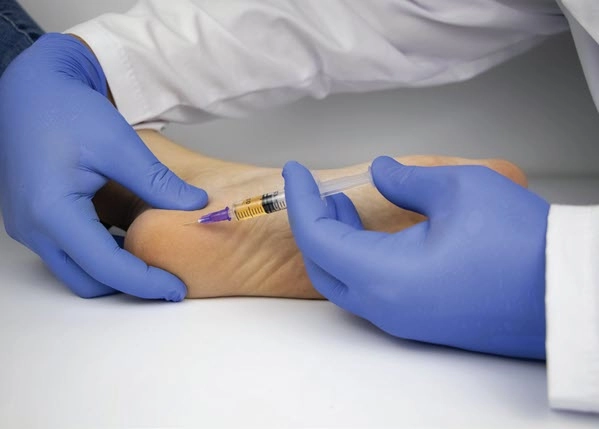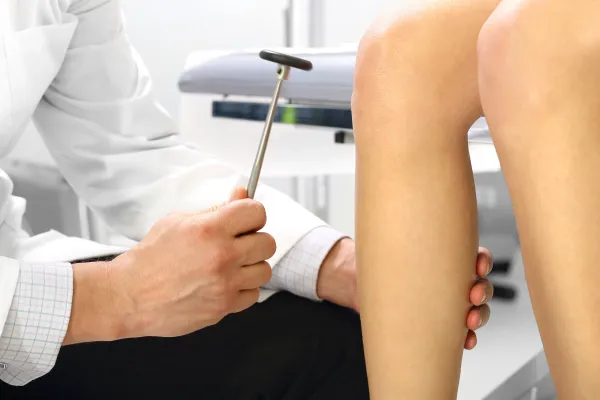Use These Tips to Anchor Your Heel Spur Claims
Check out the surgical options your provider might employ. When your provider treats a patient with heel spurs, the devil’s in the details. How? You need to know if your provider removed part of the calcaneus during the surgery. Additionally, if your provider also applied a cast during the procedure, you must know the global period rules. Keep these tips in mind when reporting heel spur claims in your practice. Check out Heel Spur Surgery Options If your provider performs surgery for a heel spur, you have three different CPT® codes to choose from. Code 28118: If your provider excises a heel spur and removes a part of the calcaneus, you should report 28118 (Ostectomy, calcaneus). Code 28119: If your provider performs an ostectomy, calcaneus for spur with or without a fascial release to excise the spur, you should report 28119 (Ostectomy, calcaneus; for spur, with or without plantar fascial release). You should report 28119 regardless of whether your provider made release incisions on the stressed or irritated plantar fascia. You should also check the operative note to confirm any fasciotomy your provider performed. Ostectomy: An ostectomy is defined as surgical removal of all or part of a bone. Code 20551: If your provider gives the patient a corticosteroid injection in his foot that includes both the plantar fascia and the area around the heel spur to reduce inflammation, you should report 20551 (Injection(s); single tendon origin/insertion) for the injection, along with the appropriate J codes for the medication. Remember These Dx Codes for Heel Spurs If your provider diagnoses a patient with a heel spur, you should look to the following ICD-10-CM codes: Heel spurs defined: Heel spurs are also known as calcaneal spurs. Heel spurs may be caused by tears in the origin of the plantar fascia at the calcaneus. The plantar fascia may tear at its origin on the heel bone because of excessive use or microtrauma. If the tear does not heal completely, calcium deposits can form an exostosis or protrusion, creating a heel spur. Remember to Report Cast Application In some cases, when your provider performs a heel spur excision, they may also apply a walking cast at the time of the surgery. The first cast your provider applies at the time of the surgery is part of the global surgery. However, you may report subsequent casts, if any. For example, if your provider applies a short leg cast, you can report 29405 (Application of short leg cast (below knee to toes)). Don’t miss: If your provider changes a cast during a global period, there must be a medical cause for the change. Example: Your provider must change a patient’s cast because of a stage 1 pressure ulcer on her right heel. On your claim, you should report 29405 and append modifier 58 (Staged or related procedure or service by the same physician during the postoperative period). For the ICD-10-CM code, you should report L89.611 (Pressure ulcer of right heel, stage 1).





